How to grow basil from seeds at home on a windowsill?
It is a pleasure for any hostess to serve dishes seasoned with fresh aromatic herbs, which, by the way, can be grown at home. Growing basil from seeds on a windowsill is a simple and exciting business, and the resulting harvest will delight for more than one month. Spicy herb goes well with meat and fish dishes, vegetable salads, Italian pasta sauces are prepared only with basil.
Basil has many health benefits. The plant is rich in essential oils that have a bactericidal effect, it has a beneficial effect on the gastrointestinal tract and the immune system. Eating this fragrant seasoning normalizes sleep, strengthens the nervous system, and increases potency.
Advice
The plant can be used as a medicine. The broth is useful for rinsing the mouth as it has antibacterial properties. It can be used as an antipyretic and diaphoretic for colds and lung diseases.
Such a set of wonderful properties makes growing a spicy seasoning on a windowsill at home a very useful and necessary activity.
How to plant: seeds or cuttings?
In order to plant basil at home on a windowsill, you first need to prepare the ground and a container for planting. Since we are interested in an abundant mass of leaves, the plants will need enough space. Long flower boxes or pots are used for cultivation. At the bottom of the container, it is imperative to put drainage - expanded clay or broken brick.
The land is suitable for garden, with the addition of humus. It is preferable to fertilize the soil. For this, a solution of potassium sulfate, superphosphate and urea is prepared: for 5 liters of water, half a teaspoon of each fertilizer.
You can grow the seasoning from seeds or cuttings. The seeds are buried into the soil by no more than 1 cm. When planting in boxes, the distance between the seeds should be at least 10 cm so that the plants do not interfere with each other. You can plant no more than 2 seeds in a pot, depending on the size of the container.
You can also plant the plant with cuttings as it takes root very easily. Fresh stems from the market or store will do. Cuttings are cut from the middle of the stem and water is placed. After about 2 weeks, they can already be planted in the ground.
Growing basil from seeds
To obtain an excellent harvest at home, it is necessary to provide the plant with good illumination and a comfortable temperature. It is better to place plantings on a sunny windowsill; when growing in winter and autumn, it is advisable to provide additional lighting - for example, use fluorescent lamps. Since basil is a heat-loving plant, you need to monitor the temperature, to prevent drafts on the windowsill in winter. If the boxes with plantings are on the balcony, they are covered with foil at night.
After planting the seeds, the soil should be watered abundantly and covered with foil, since the optimum temperature for their germination is + 26-28 degrees. The seedlings that have emerged from the seeds require regular watering, but waterlogging should not be allowed. It is also advisable to loosen the soil every 3 days to saturate it with oxygen.
Basil care: watering, feeding, collecting
Caring for plants is simple and does not take much time. Growing a spicy seasoning at home on a windowsill is possible if the conditions for watering, feeding and harvesting are properly observed.
- Water the plantings every other day with warm, settled water, preferably in the morning. In dry hot weather, watering every day is permissible. When the soil dries out, the plants begin to turn yellow and shed their leaves.Waterlogging can lead to various diseases.
- To feed the plant at home, nitrogen fertilizers are used, which contribute to an increase in green mass, for example nitrophosphate... Fertilizer is diluted according to package instructions and added to water for irrigation 2-3 times a week.
- The collection consists in cutting off the upper part of the shoots, while the stems are not damaged. After cutting, the plants begin to actively branch. For harvesting for future use, you can cut off the entire upper part, leaving 4 lower leaves, then the plant will again sprout. The peduncles that appear are cut off, since the growth of leaves stops during flowering.
Basil diseases
Under unfavorable conditions - with waterlogged soil or low temperatures - it is possible for plants to become infected with various fungal diseases.
- Blackleg. Fungi that cause disease are present in any soil. They infect young seedlings at the base of the stem, which turns black and becomes thinner, the plant turns yellow and dies.
- Fusarium. Both soil and seeds can be infected with these fungi. The root system of both adult and young plants is affected. In young ones, the stem becomes brown and thinner, in adults the tip dries up, as a result the plant withers.
- Gray rot. The pathogens are present in the soil; they first affect the lower leaves of plants. Brown spots appear on the infected areas, which are then covered with gray mold.
It is impossible to fight these diseases with chemical agents, since the leaves of the plant are used for food.
Advice
At the very beginning of the disease and for prevention, plantings can be sprayed with an infusion of onion peels. 1 glass of husk is poured with 4 glasses of boiling water, insisted for a day. Then they filter and spray not only infected, but also healthy bushes.
For the prevention of fungal diseases, you must adhere to the following rules:
- do not thicken the planting;
- avoid waterlogging of the soil;
- regularly loosen row spacings;
- remove diseased plants with a clod of earth.
So, growing basil from seeds on a windowsill will not be difficult if you follow a number of simple rules for caring for a plant at home. Every year more and more of our compatriots are fond of growing vegetables and herbs right in the apartment. Indeed, in this case, you can be absolutely sure of the ecological purity of the products obtained, and not everyone has a summer cottage.
Which type of basil to choose for growing depends only on your taste. There are varieties with cinnamon and lemon flavors, with aniseed scent, there is a variety with a sweet and not tart taste, a variety with purple leaves, which is popular in Caucasian cuisine. Each of them is good in its own way and will help you create a varied and unique taste of dishes prepared with it.
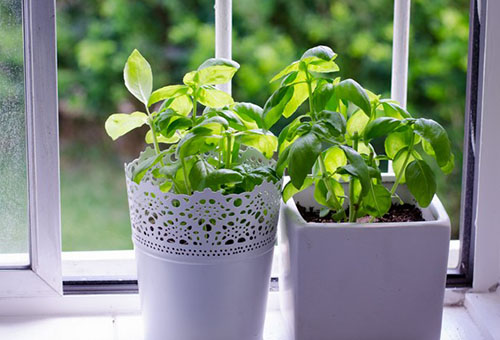
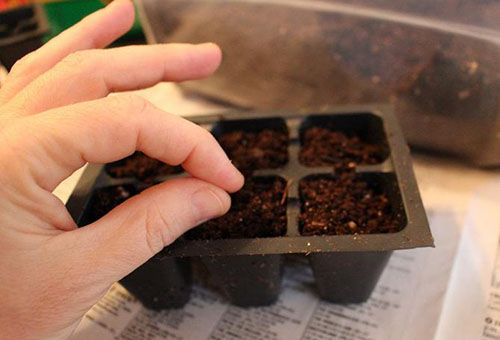
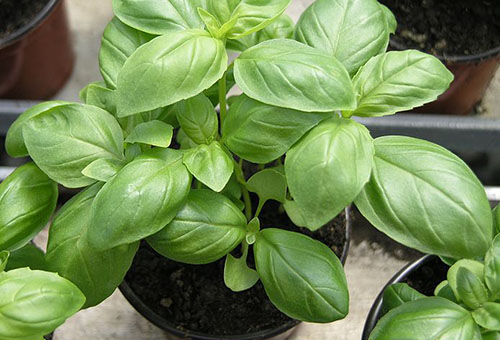
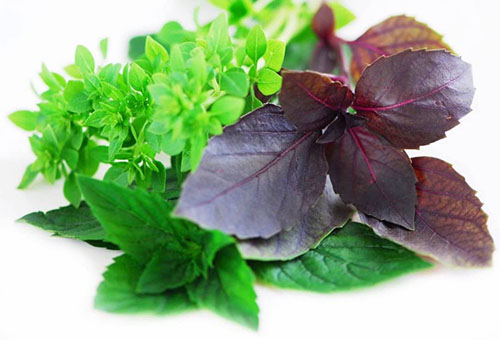
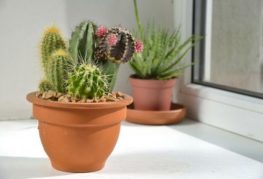
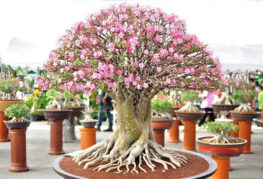
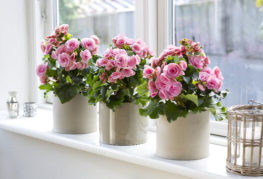
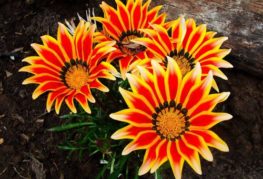
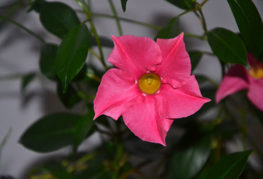
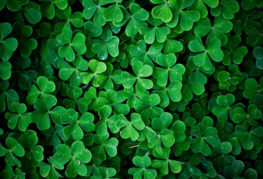
and will be published shortly.